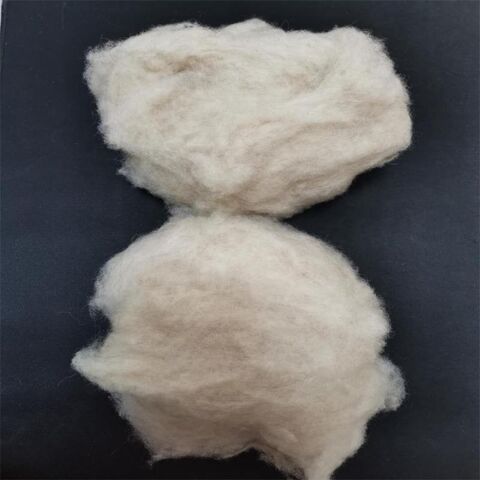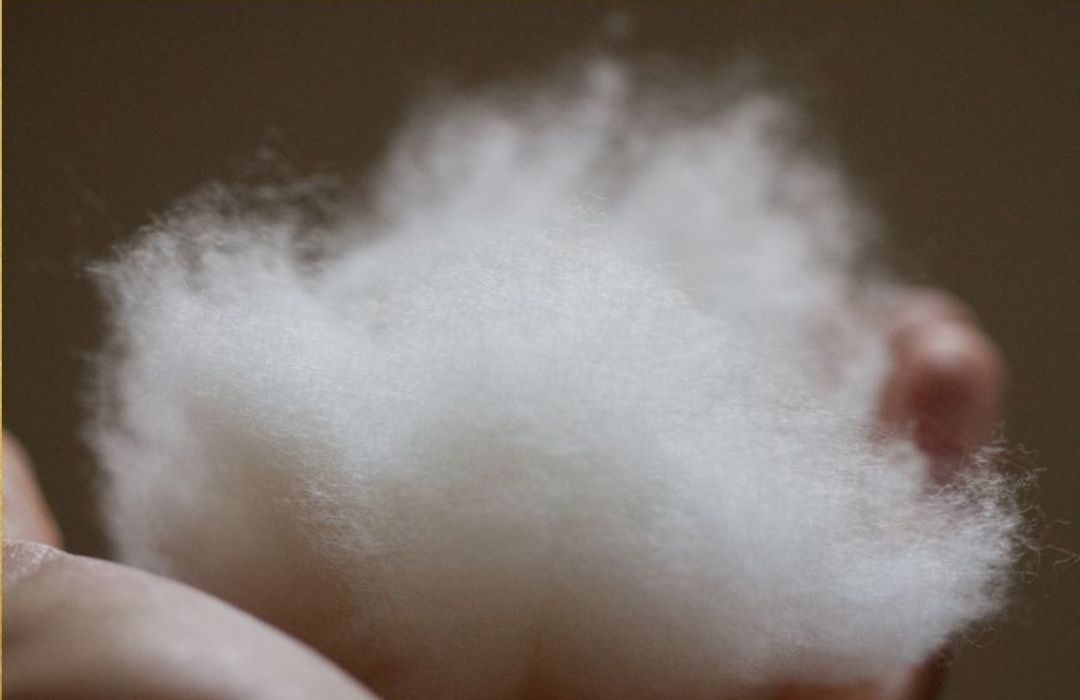What Material Is Cashmere? Understanding Its Distinctive Characteristics and Uses
What Material Is Cashmere? Understanding Its Distinctive Characteristics and Uses
Blog Article
Exploring the Numerous Kinds Of Cashmere a Natural Fiber for Ultimate Deluxe
Cashmere, a natural fiber, is often connected with high-end and convenience. Not all cashmere is developed equal. From the richly soft Mongolian selection to the lightweight warmth of Indian Pashmina, each type provides its very own special features and appeal. The more inexpensive Chinese cashmere, the conventional Scottish variation, and the premium Italian mix, all tell a various tale of this amazing fiber. As we decipher the globe of cashmere, a much deeper understanding of its true worth and refinement starts to arise.
Comprehending the Elegant Nature of Cashmere
Cashmere, typically connected with deluxe and convenience, holds a special appeal in the world of all-natural fibers. This soft, lightweight product is fancied for its phenomenal warmth and exceptional sturdiness. Unlike other all-natural fibers, cashmere combines insulation with breathability, using exceptional convenience across differing temperature levels. Its lustrous finish and soft appearance contribute to its premium charm, validating the premium cost that often includes cashmere garments. Furthermore, cashmere's intrinsic crease resistance and elasticity boost its value, making it a recommended selection for premium apparel and devices. In spite of its delicate appearance, cashmere possesses a surprising durability, able to preserve its shape and elegant feeling over time. This one-of-a-kind blend of qualities seals cashmere's placement as a sign of sophistication and extravagance.
Simply What Is Cashmere and Where Does It Come From?

Provided these outstanding qualities, one could question the origin and makeup of this lavish fiber. Cashmere is stemmed from the soft undercoat of cashmere goats, largely found in Mongolia, China, Iran, and Afghanistan - is cashmere a natural fiber. These goats are adapted to harsh climatic conditions, producing an incredibly great, soft underfur as a defense versus the bitter cold. This underfur, or undercoat, is what is harvested for cashmere. Each spring, when the goats normally shed their winter coat, farmers brush out the fine underhair, leaving the coarser hair behind. This meticulous procedure adds to the scarcity and high expense of cashmere. With its beginning in the extreme landscapes of Asia, cashmere is a testament to nature's capacity to create deluxe from misfortune.
Decoding the Various Kinds Of Cashmere
Comprehending the various sorts of cashmere is essential to valuing the quality and one-of-a-kind characteristics of this extravagant fabric. Normally, cashmere is classified right into three kinds: raw, virgin, and recycled. Raw cashmere is directly obtained from the goat and is unrefined. This type often consists of impurities such as dirt and crude hair. Virgin cashmere, on the other hand, is the pure, unrecycled product that is spun right into over here yarn for the very first time. It is the softest and most extravagant. Finally, recycled cashmere is made see page from virgin material that has actually been formerly made use of. It is re-spun and used in creating lower-cost cashmere items. Deciphering these kinds is the very first step in comprehending the exclusivity and worth of cashmere.

The Distinct Characteristics of Each Kind Of Cashmere
Having explored the various groups of cashmere, it becomes obvious that each type boasts its unique collection of attributes. Mongolian cashmere, for circumstances, is renowned for its exceptional top quality, due to Mongolia's severe winters that produce longer and finer fibers. On the other hand, Chinese cashmere is usually more affordable, though its much shorter fibers can decrease toughness.
Why Cashmere Is the Embodiment of High-end in vogue
Cashmere holds a renowned setting in the world of style, regarded as an icon of luxury and sophistication (is cashmere a natural fiber). Cashmere is acquired from the fine undercoat of Himalayan goats, understood for their exceptional high quality fiber. Cashmere's unrivaled convenience and toughness make it a their website popular product in the creation of high-end garments.
The Process of Making Cashmere: From Goat to Garment
The journey of cashmere, from being an undercoat of a Himalayan goat to a luxurious garment, is a detailed one. With the development of spring, farmers in Mongolia and China collect the woollen by brushing the goats, making sure no injury is done. The gotten woollen includes coarse external hair and soft downy undercoat. This blend is then fastidiously divided, with only the soft down used for cashmere. This raw cashmere is cleaned, colored and spun into thread. The yarn is after that woven or weaved into textiles. The last action involves cleaning and pushing to give the material its characteristic softness and warmth. From goat to garment, each action is a testament to the artistry, persistence and ability included in crafting cashmere.

Verdict
To conclude, cashmere, with its all-natural style and unequaled convenience, preponderates in the world of luxury fashion. The variety in kinds, varying from the soft Mongolian, lightweight Indian Pashmina, economical Chinese, conventional Scottish, to the vibrant Italian, reveals the versatility of this all-natural fiber. The scrupulous procedure of transforming it from a goat to a garment even more includes in its exclusivity, making cashmere the embodiment of elegance and high-end.
Cashmere, a natural fiber, is usually associated with high-end and convenience (is cashmere a natural fiber).Cashmere, typically linked with deluxe and convenience, holds an unique appeal in the world of all-natural fibers. Unlike various other all-natural fibers, cashmere combines insulation with breathability, offering unequaled comfort across differing temperatures. Cashmere is derived from the soft undercoat of cashmere goats, primarily discovered in Mongolia, China, Iran, and Afghanistan. Cashmere is obtained from the great undercoat of Himalayan goats, understood for their premium top quality fiber
Report this page